Explore figurative language in multiple ways with the set of 24 task cards.
Sorting Examples of Figurative Language
Have you ever appreciated someone’s writing so much, you found yourself at a loss for how to describe it? Many times, when casually discussing the way a storyteller’s language makes us feel, we simply say that they have “a way with words.”
This set of figurative language task cards has been designed to help students understand why authors choose the words and phrases they do to tell a story. It contains 24 examples of figurative language that can be sorted into the following categories:
- Simile
- Metaphor
- Hyperbole
- Idiom
- Personification
- Onomatopoeia
Multiple Uses for These Figurative Language Activity Cards
The versatile resource has been designed to be used in multiple ways in your classroom. Check out some of these suggestions:
Sorting Activity
Sort each card by the type of figurative language it is.
Scoot Activity
Place the figurative language cards around the room. Assign one card to each student to start. Students rotate through the cards, recording their answers on the recording sheet.
Which One Is It?
Place three cards at each station, making sure two of the cards represent the same type of figurative language and the 3rd card is different. Student pairs will rotate through each station and identify the card that is different.
Test Prep or Class Review
You can easily turn this game into a review session at the end of your lesson, or right before a test to give students some extra practice. Simply read the cards out loud to your class, and ask them to write which kind of figurative language is being used on the recording sheet. It would be helpful to project the sheet that lists the names of each figure of speech using your smartboard or other projection devices.
Easily Download and Prepare This Resource
Use the dropdown arrow on the Download button to select this resource’s easy-print PDF or editable Google Slides version.
Print one version of the resource, then copy the task cards on cardstock for added durability and longevity. Place all pieces in a folder or large envelope for easy access.
Recording sheets can be placed into dry-erase sleeves and reused time and again!
This resource was created by Kelli Goffredi, a teacher in Texas and a Teach Starter Collaborator.
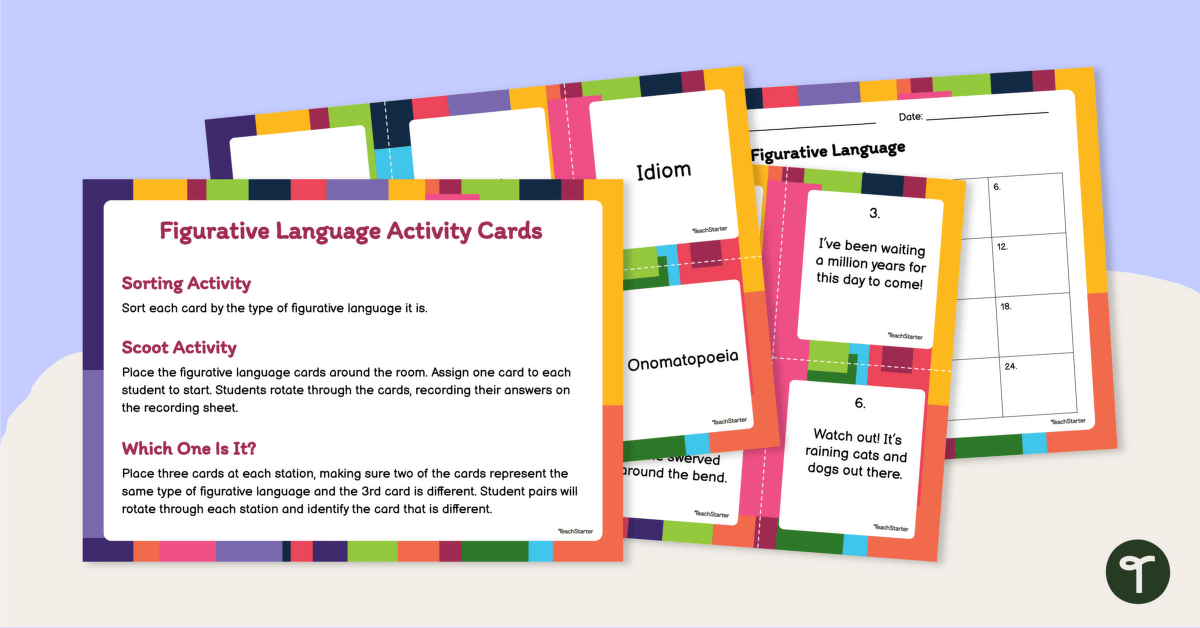

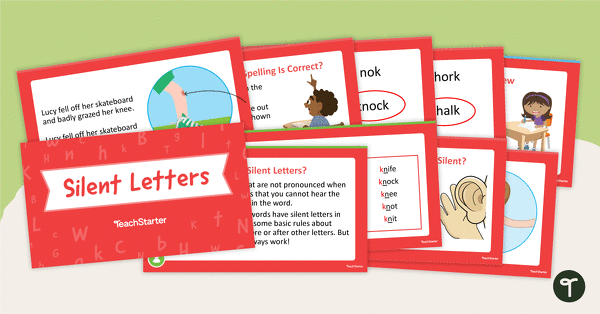
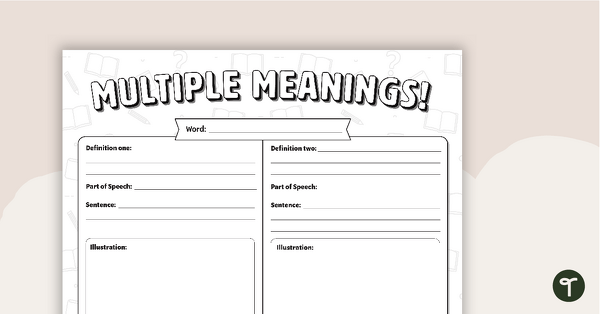
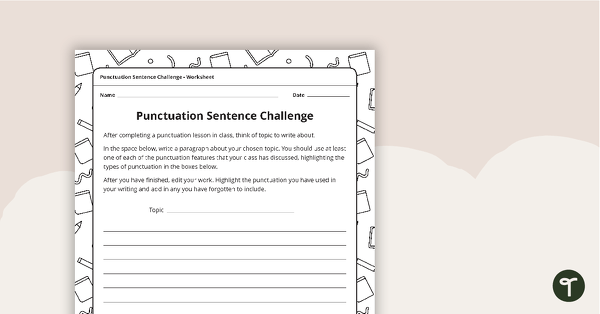
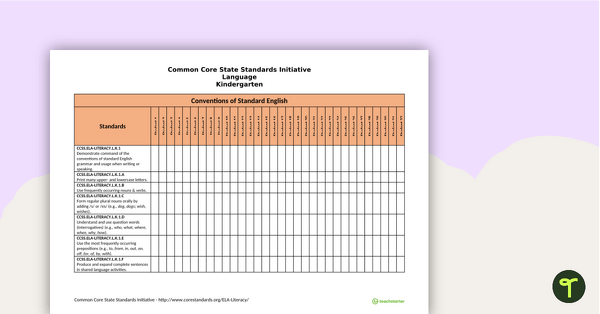
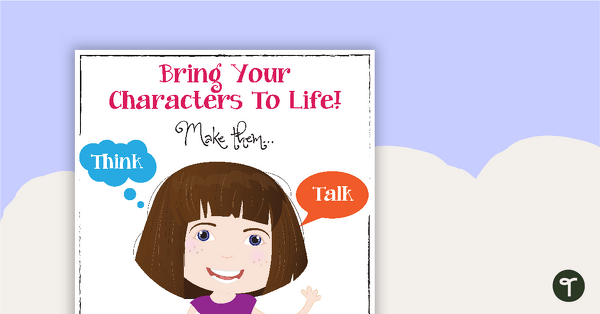
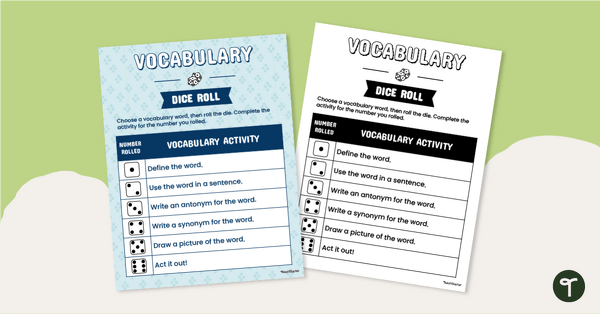
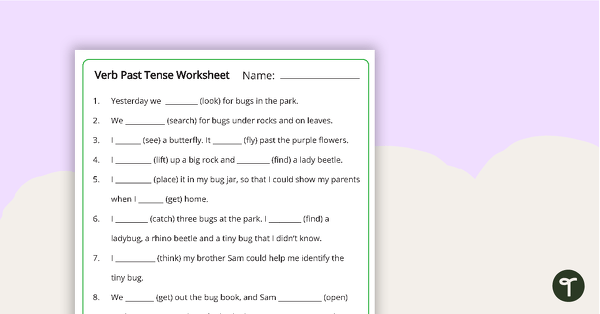
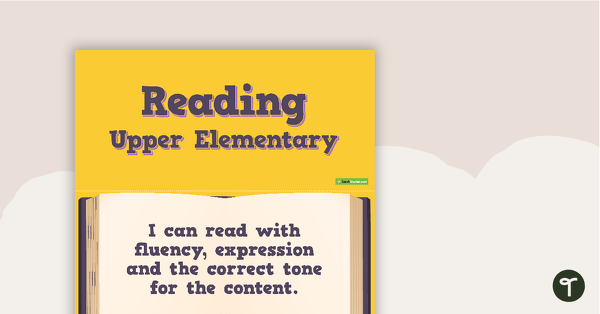
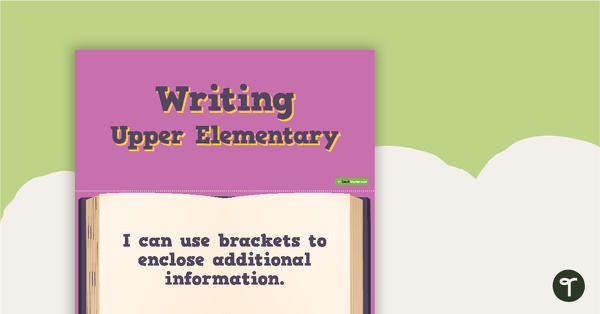
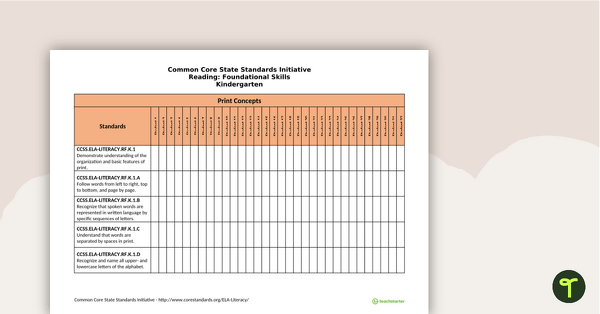
0 Comments
Write a review to help other teachers and parents like yourself. If you'd like to request a change to this resource, or report an error, select the corresponding tab above.